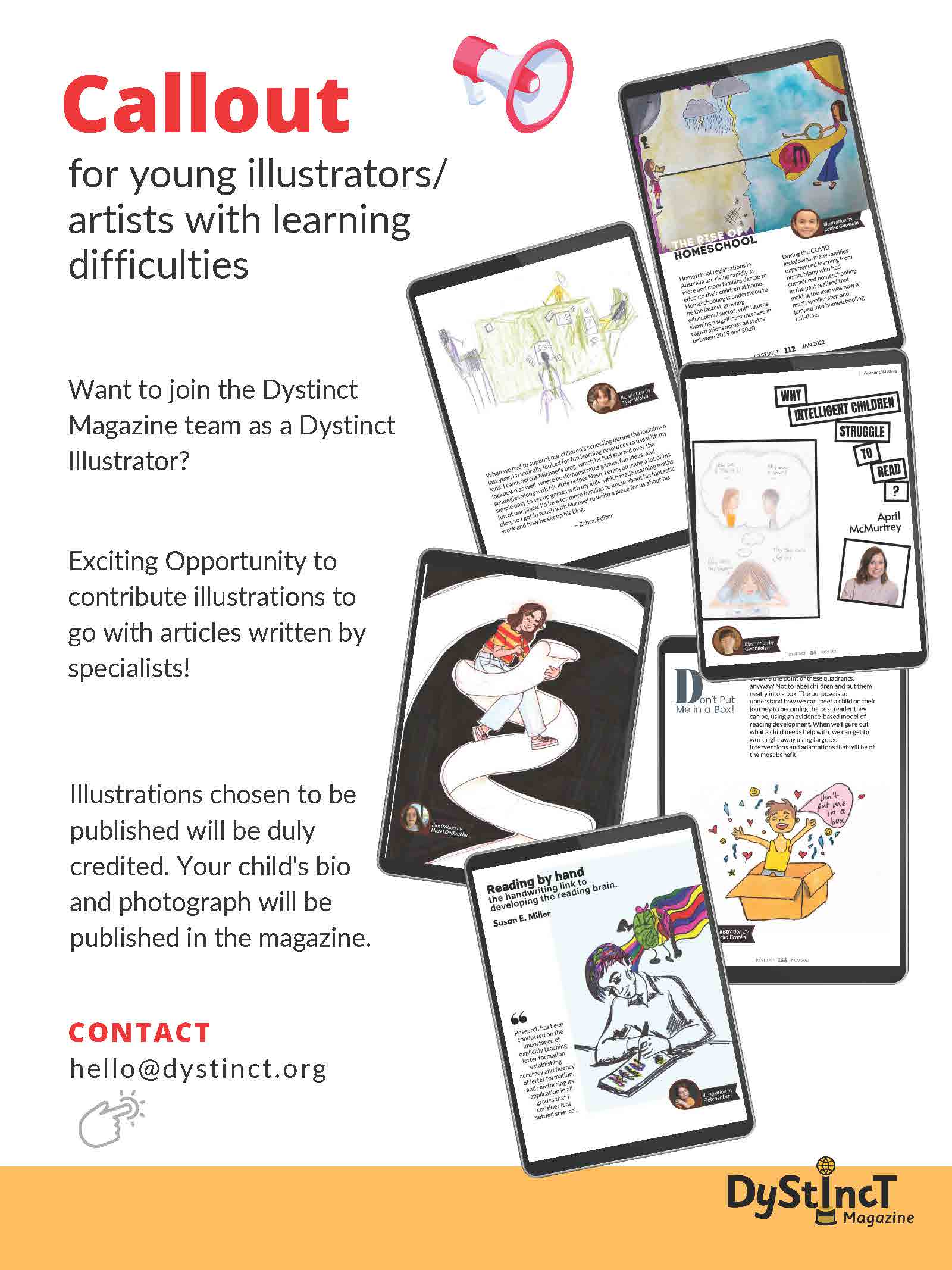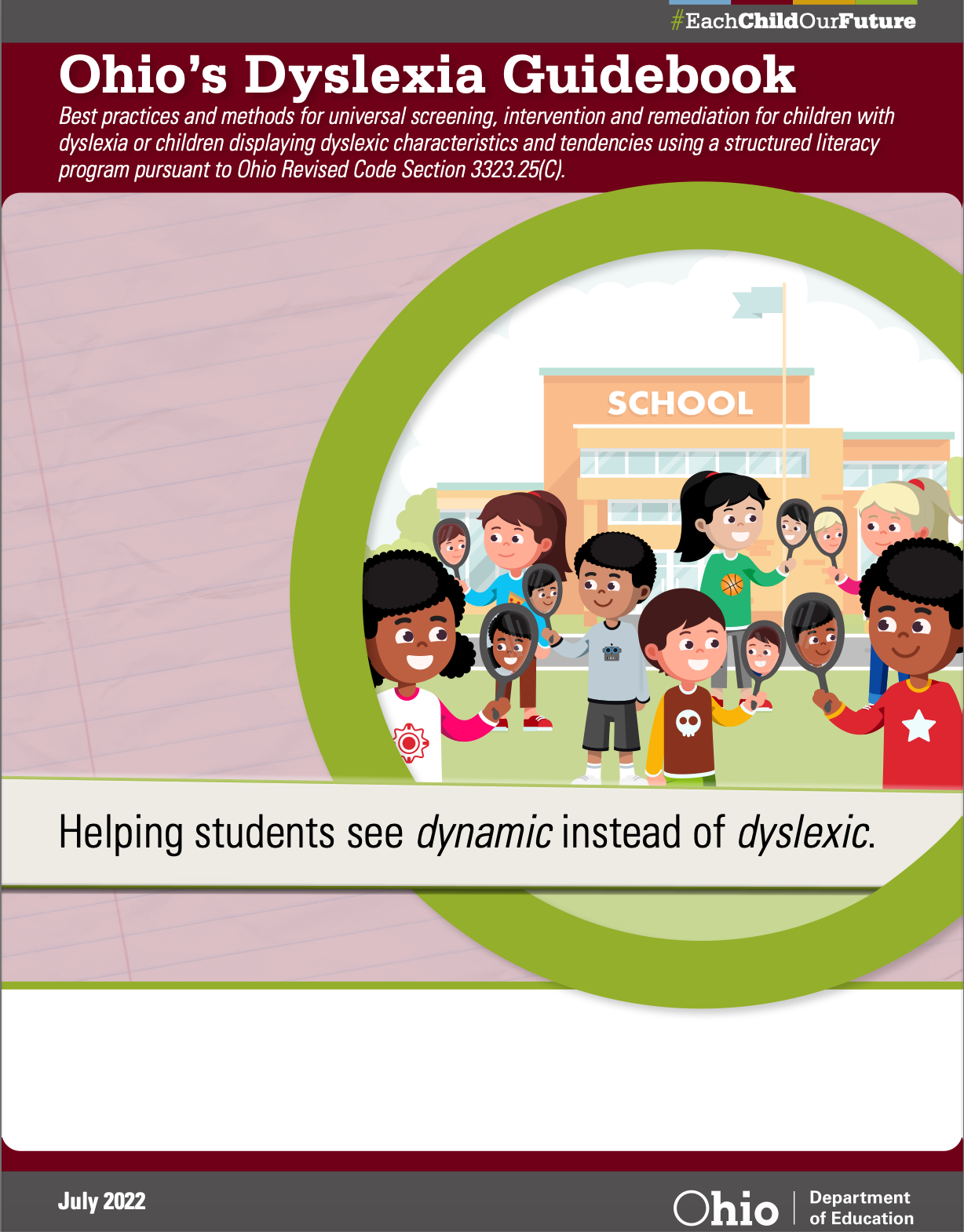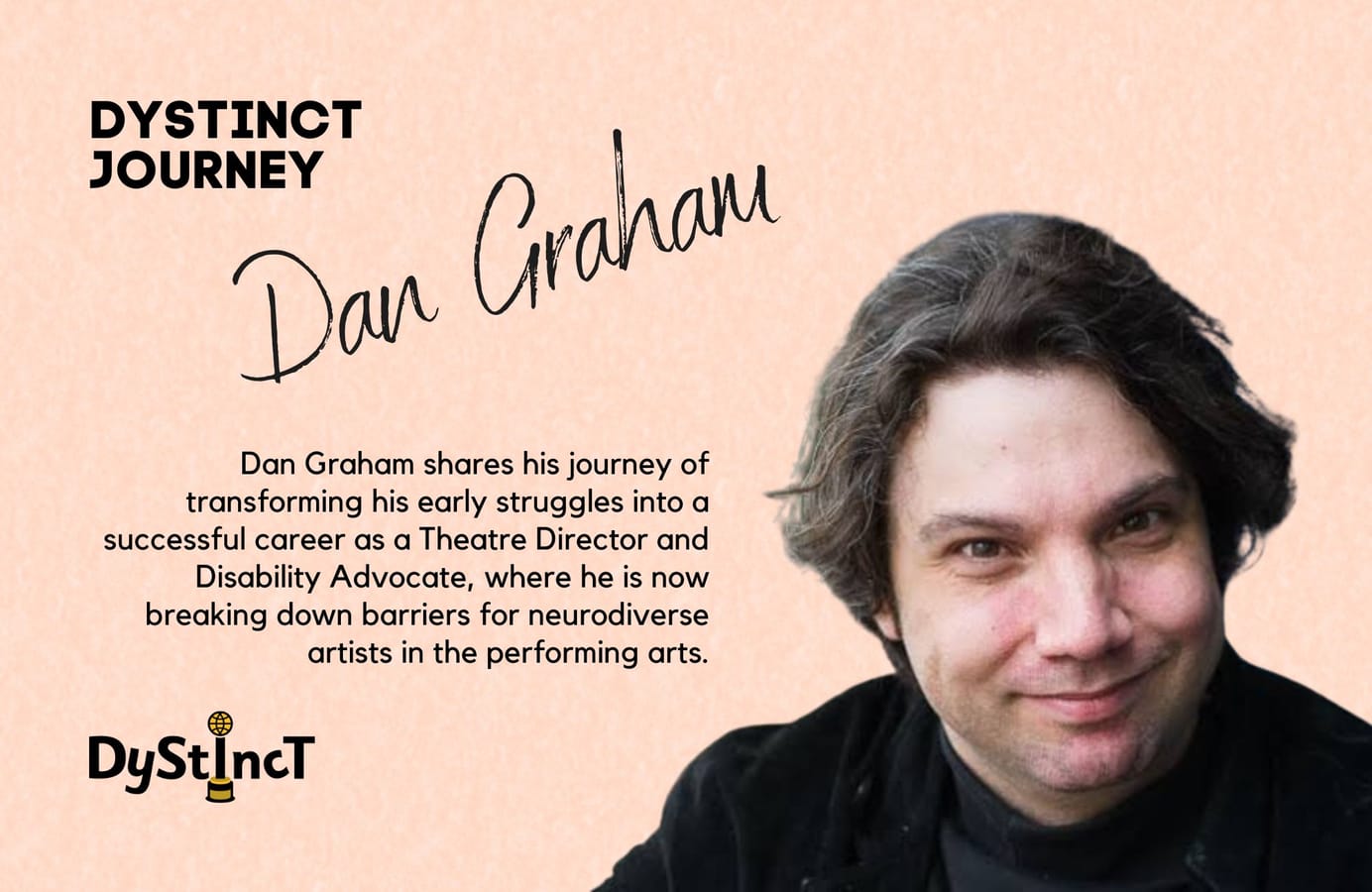
Issue 19: Changing Lives - How a father on a mission changed the Ohio Education System | Erica Kaufmann
Erica Kaufmann elaborates on the profound impact of "Connor's Odyssey: The Right to Read Law" and the Ohio Dyslexia Guidebook on Ohio's education system, detailing the dedicated efforts of father and advocate Mike McGovern in explaining the transformative change these initiatives have brought about.
Table of Contents
The school bells rang, and kids filled the halls. It seemed like every other start to the school year in Ohio, but this fall, an important shift had begun. A shift that would have changed my dyslexic child's life if it had happened four years ago. For the first time ever, schools were required to screen all students from kindergarten through grade three for risk of dyslexia due to the passage of Connor's Odyssey: The Right to Read Law (Ohio House Bill 436). This legislation also provided districts with guidance for the screening process and instructional best practices with a formal "Ohio Dyslexia Guidebook". For many Ohio schools, this has been the first of several major shifts they will be undertaking within their school districts to align with the Science of Reading.
For decades, Ohio has been a hotbed for balanced literacy and whole language instruction that does not align with the science of reading. Several widely used companies that produced literary curriculums that were rooted in this type of instruction were born in Ohio. These companies spread their way across the state after their birth, infiltrating teacher college preparatory programs and classrooms like an educational wildfire.
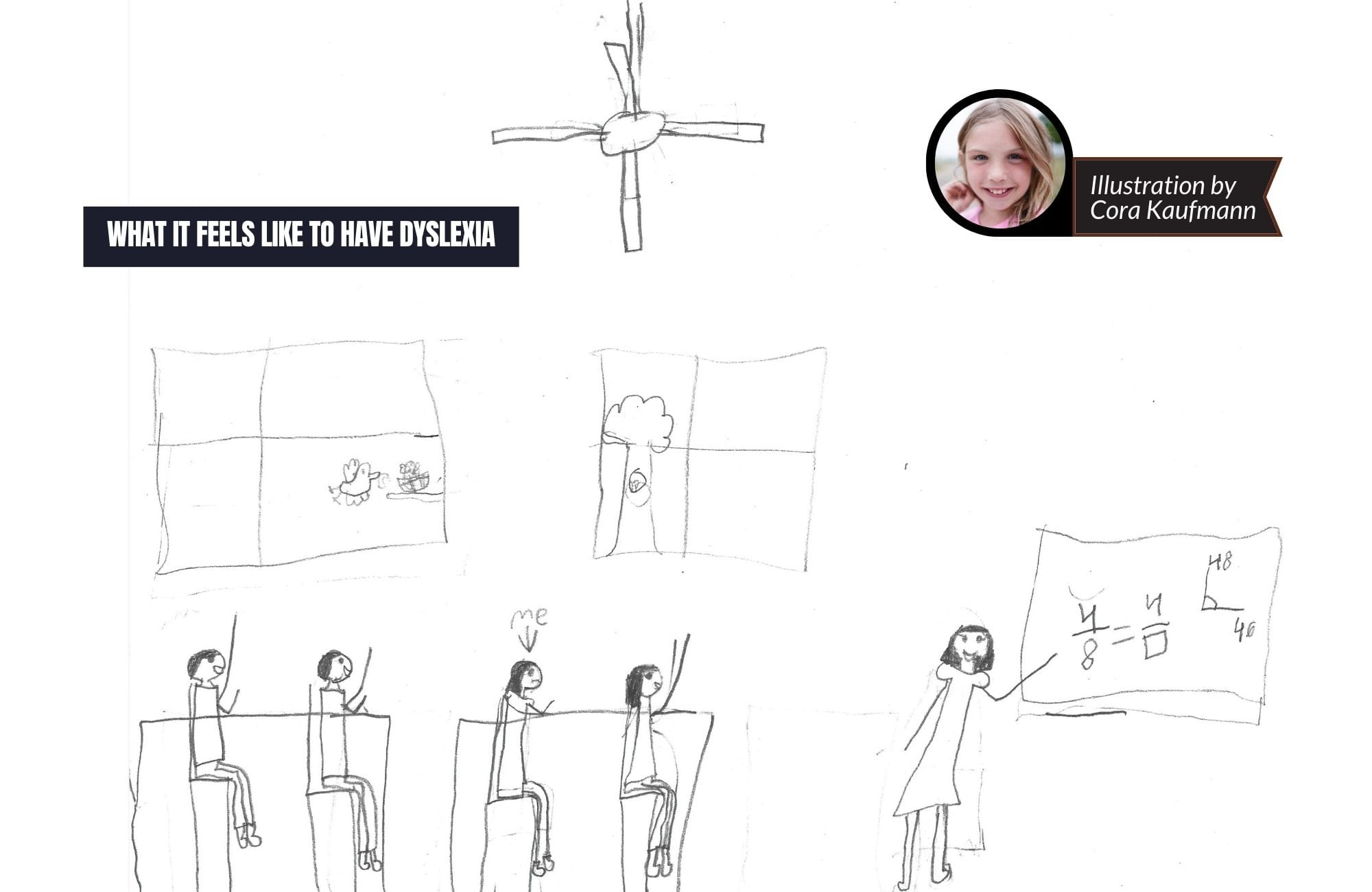
While this educational flame had been spreading, families across the state of Ohio were battling school districts to get support and appropriate services for their children with dyslexia. The science of reading resources were out there but not made accessible to all educators, only those that sought them out. Out of the blood, sweat, and tears of these families advocating for their children with dyslexia, the Ohio Dyslexia Guidebook and Connor's Odyssey: The Right to Read Law (Ohio House Bill 436) were born.

It has been roughly a seven-year journey to get the Ohio Dyslexia Guidebook, also referred to as the Guidebook, from workgroup planning stages into law. This school year, it has finally reached the classroom. The Guidebook is rooted in evidence-based instruction that aligns with the science of reading.
It all started with a father on a mission, Ohio resident Mike McGovern. McGovern's son was diagnosed with dyslexia while in the sixth grade. At the time, McGovern did not know anything about dyslexia, or the education world for that matter; he worked in the business industry as a software engineer.
While advocating for his son's education, McGovern learned that his son could have been screened for dyslexia back when he was in kindergarten. McGovern's son could have avoided years of anxiety and depression induced by dyslexia. After discovering this, McGovern was on a mission to change the educational system.
This journey was not a simple one. It took years of thoughtful planning and research. McGovern did not want this to be something that was implemented quickly and then doomed for failure. McGovern used his background in business to spearhead the legislative change, ensuring the educational transformation was done strategically and intentionally with the children's best interests in mind. McGovern formed a work group that supported his vision coming to life. The law became known as Connor's Odyssey: The Right to Read Law after McGovern's son. The individuals in McGovern's work group came up with the name as a surprise for McGovern and his dedication.
After the passage of Connor's Odyssey: The Right to Read Law (Ohio House Bill 436) and the publication of the Guidebook, there were many little obstacles to overcome, mostly stemming from Ohio being a hotbed for balanced literacy and whole language. McGovern described it as "We won the war, but they won little battles".
McGovern described it as:
We won the war, but they won little battles.
The legislation required that a public body consisting of eleven members were to be in charge of writing the Guidebook and stated that some seats on this committee required dyslexia certification credentials. This team was then called the Ohio Dyslexia Committee, and they were tasked with putting together the Ohio Dyslexia Guidebook. McGovern was elected to be the Chair at the first meeting of the Ohio Dyslexia Committee. Connor's Odyssey: The Right to Read Law (Ohio House Bill 436) and Guidebook focus on four main components: screening and progress monitoring, communication with parents, guardians, and custodians, structured literacy certification process, and teacher professional development.
In the planning stages, the Ohio Dyslexia Committee stayed grounded in focusing on evidence-based practices and the need for certified dyslexia specialists in school districts, one of the major components of the Guidebook. Currently, in Ohio, certified dyslexia specialists are few and far between; the Guidebook is focused on changing that. Dr Rebecca Tolson, literacy/dyslexia consultant and adjunct professor at Walsh University was one of the people who first started in the workgroup with McGovern and is a member of the Ohio Dyslexia Committee. Dr Tolson states, "The more knowledge and experience you have, the more refined and better you are at your craft. When a teacher goes through a certification process it is an internship underneath a mentor." A goal of the Guidebook is for the most qualified educators to work with the most at-risk students. Another benefit of having certified educators on staff is to provide mentoring for staff that might not yet have gone through a certification process. Dr Tolson shares, "Because they have gone through the most rigorous training and practicum, they are a go-to resource for teachers for questions, mentoring, and to analyze data for the students in need."
The more knowledge and experience you have, the more refined and better you are at your craft.
~ Dr Rebecca Tolson
The benefits of the Guidebook do not stop there. The Guidebook supports all students through the screening and progress monitoring process. "The Ohio Dyslexia Guidebook is a resource for educators in Ohio to support the understanding of dyslexia, the screening of risk for dyslexia, intervention, and ongoing support of individuals at risk for or with dyslexia. It elaborates on best practices to meet the needs of all learners." as stated by Olivia Weisman, Literacy Specialist at the Educational Service Center of Lorain County in Northern Ohio and member of the Ohio Dyslexia Committee.
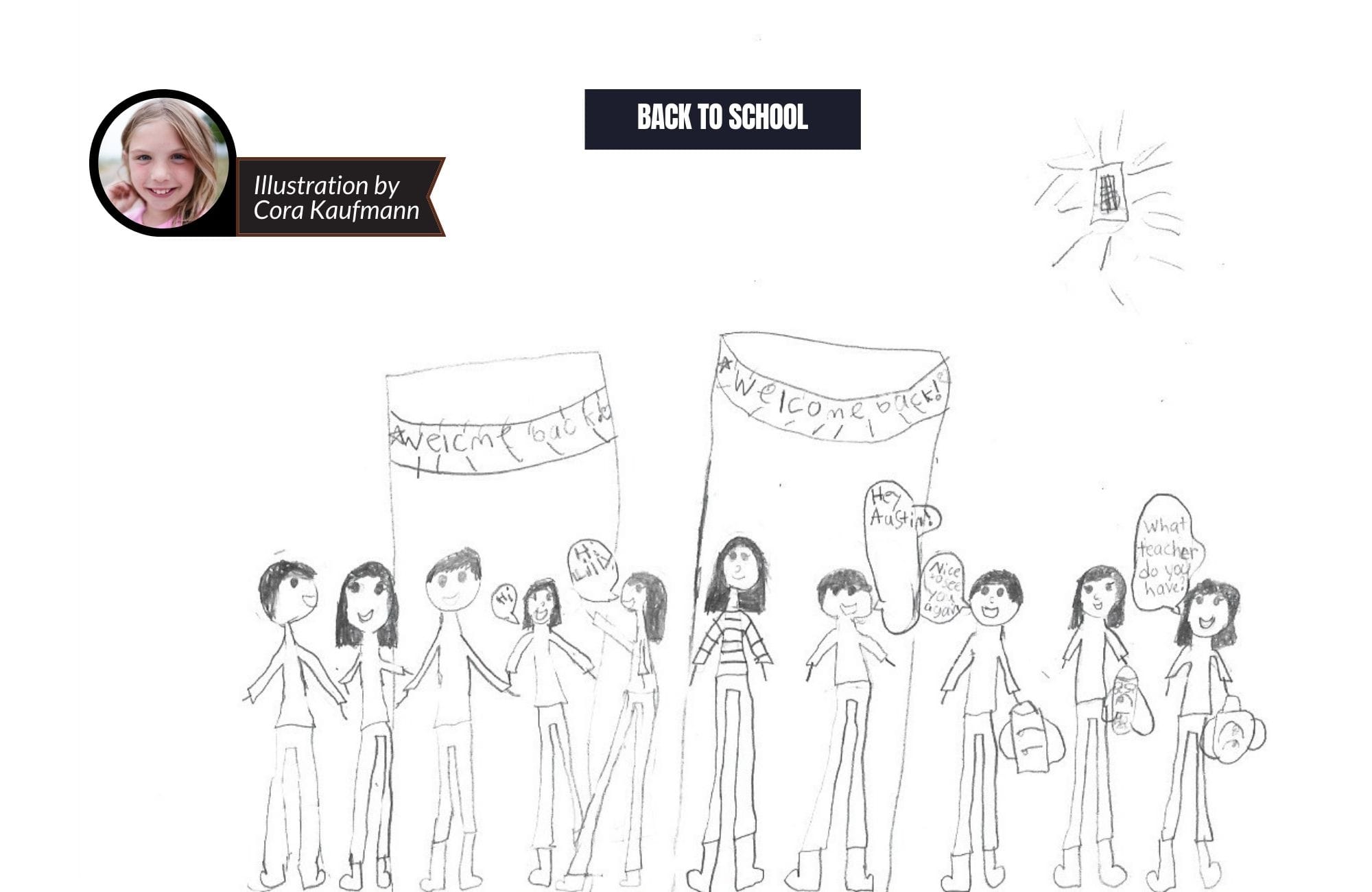
While the Guidebook has reached the classrooms this year, the work is not complete. It is only beginning.
While the Guidebook has reached the classrooms this year, the work is not complete. It is only beginning. The state of Ohio has released a free 18-hour professional development training course for teachers called the Ohio Dyslexia Modules. These online video training modules were created by Middle Tennessee State University. Literacy Specialist Jennifer Martinez of the Educational Service Center of Lorain County is one of the people with boots on the ground helping districts implement the learning. Martinez has been providing school districts with in-person facilitation of the modules that provide teachers with the opportunities to ask questions and discuss the information presented to them as they view the training videos. Martinez states, "We have seen the biggest impact with the modules when they have been facilitated by a literacy expert to guide understanding and further assistance in the implementation of best practices, support within teacher's current practices, and use of curriculum." Shifting to the science of reading is a big adjustment for many Ohio educators. By providing a facilitator for the learning, teachers are able to understand and process the importance of aligning their instruction to the science of reading to support all students, especially those with dyslexia.
Another bonus of the Guidebook is that it provides communication and support for families. If McGovern had this resource or had been notified when his son was in kindergarten that he had been displaying characteristics of dyslexia, his son's entire educational experience would have been different. According to Weisman, "Another goal of the Guidebook was to support families in understanding how their schools can better support their child and provide them with a tool to substantiate their requests of instruction for their children."
In the end, McGovern accomplished what he set out to do: he changed the educational system. Because of his dedication and vision, students across the state of Ohio are seen like they have never been seen before because of the dyslexia screening process. Teachers, parents, and educators have information easily accessible and at their fingertips because of the Ohio Dyslexia Guidebook. As a parent of a child with dyslexia, I could not be more grateful for all of the dedicated people who put time and energy into this process; you are truly changing lives.
Learn more about what is going on in Ohio
Learn more about what is going on in Ohio
- Our Dyslexic Children Documentary [YouTube.com]
A documentary that captures lessons learned and inspires families to fight to secure educational services for their children with dyslexia. Based on a school district and family in Ohio. - The Ohio Dyslexia Guidebook [education.ohio.gov]
- Ohio's Plan to Raise Literacy Achievement [education.ohio.gov]
Learn more about Dr Rebecca Tolson's work
Learn more about Dr Rebecca Tolson's work
- Dyslexia: Understanding the Science and Evidence-Aligned Instructional Approaches [voyagersopris.com]
- Unlocking the Potential of Students with Dyslexia with Dr. Rebecca Tolson (Episode 25) [blubrry.net]
- The Learning Ally podcast Literacy Change-makers: Developing Educator Knowledge [spotify.com]
Erica Kaufmann
Literacy Specialist
X/@erica_kaufmann2
Erica Kaufmann
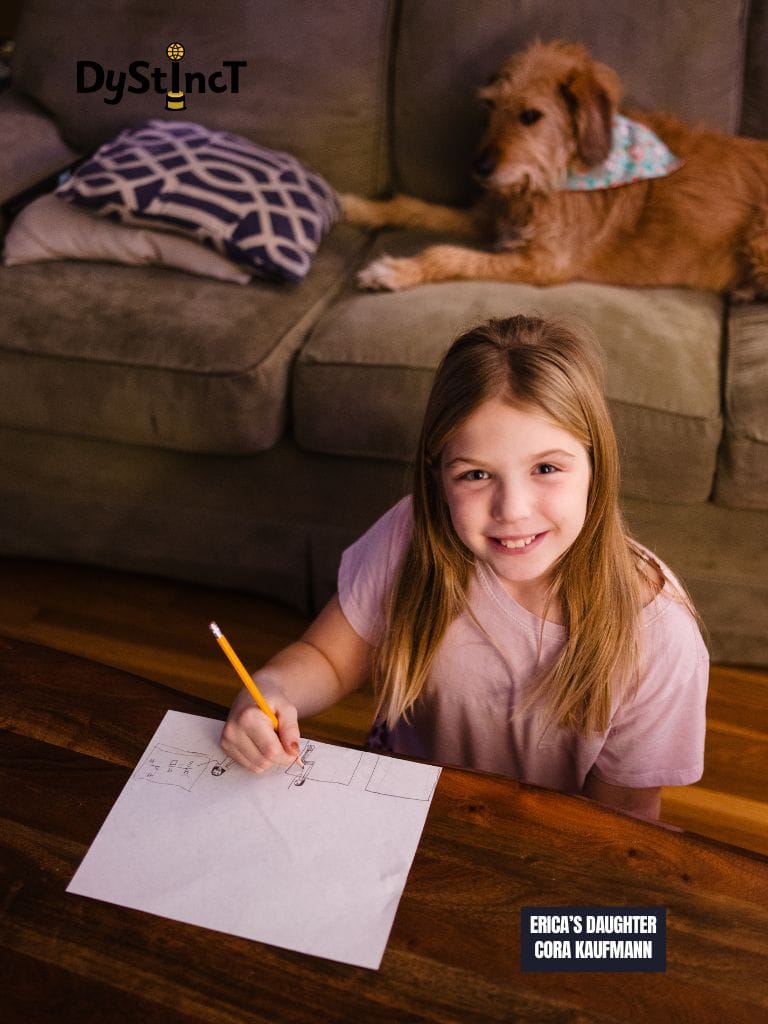
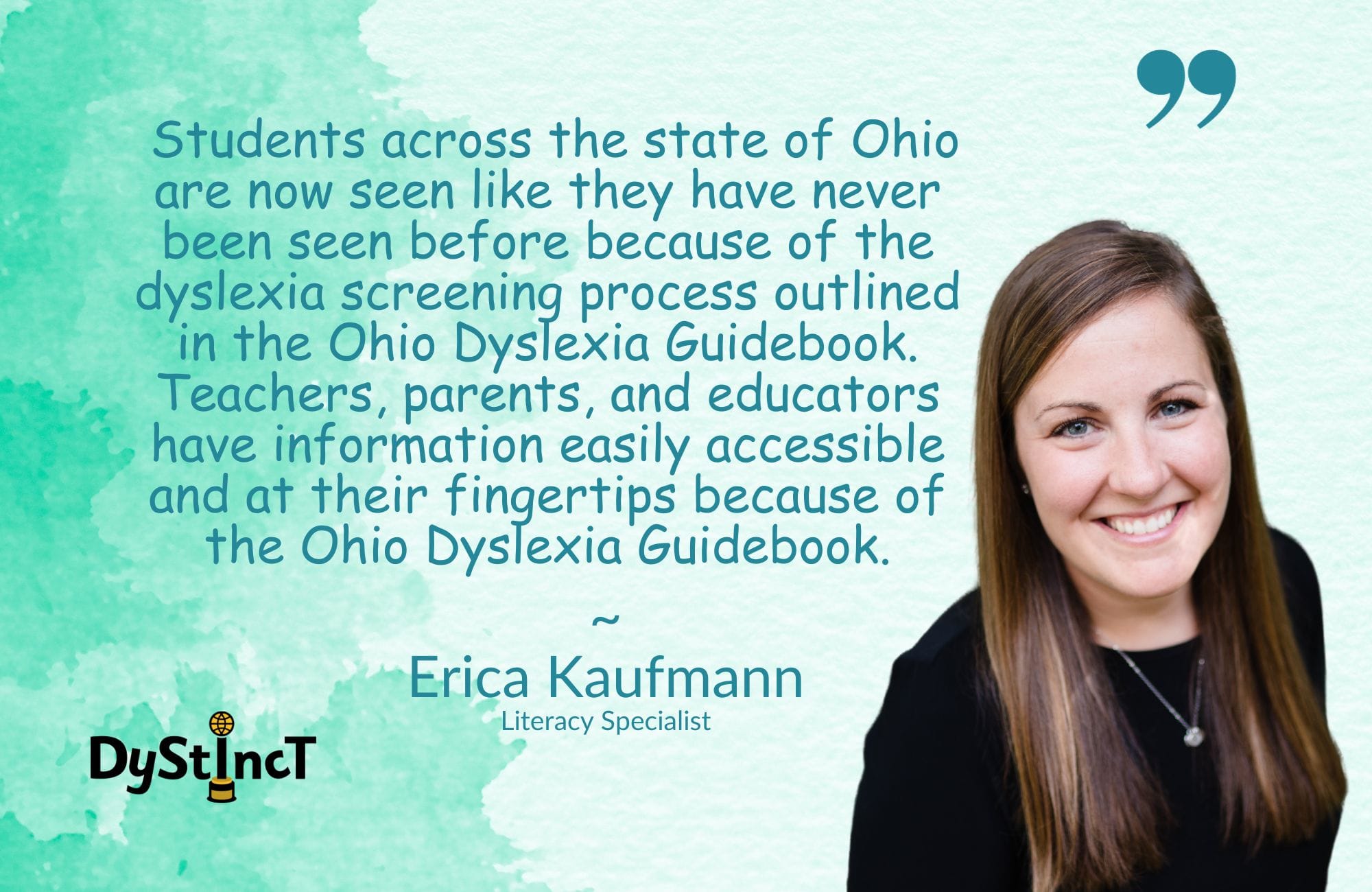
Erica Kaufmann is a literacy specialist at the Educational Service Center of Lorain County in Northern Ohio and a CERI certified structured literacy dyslexia interventionist. Erica is a proud mother of a child with dyslexia. Erica is extremely grateful for the Ohio Dyslexia Committee and all of their work. Erica wants all educators to remember that they are changing lives each and every day.
Extracts from Dystinct Magazine
Extracts from Dystinct Magazine















